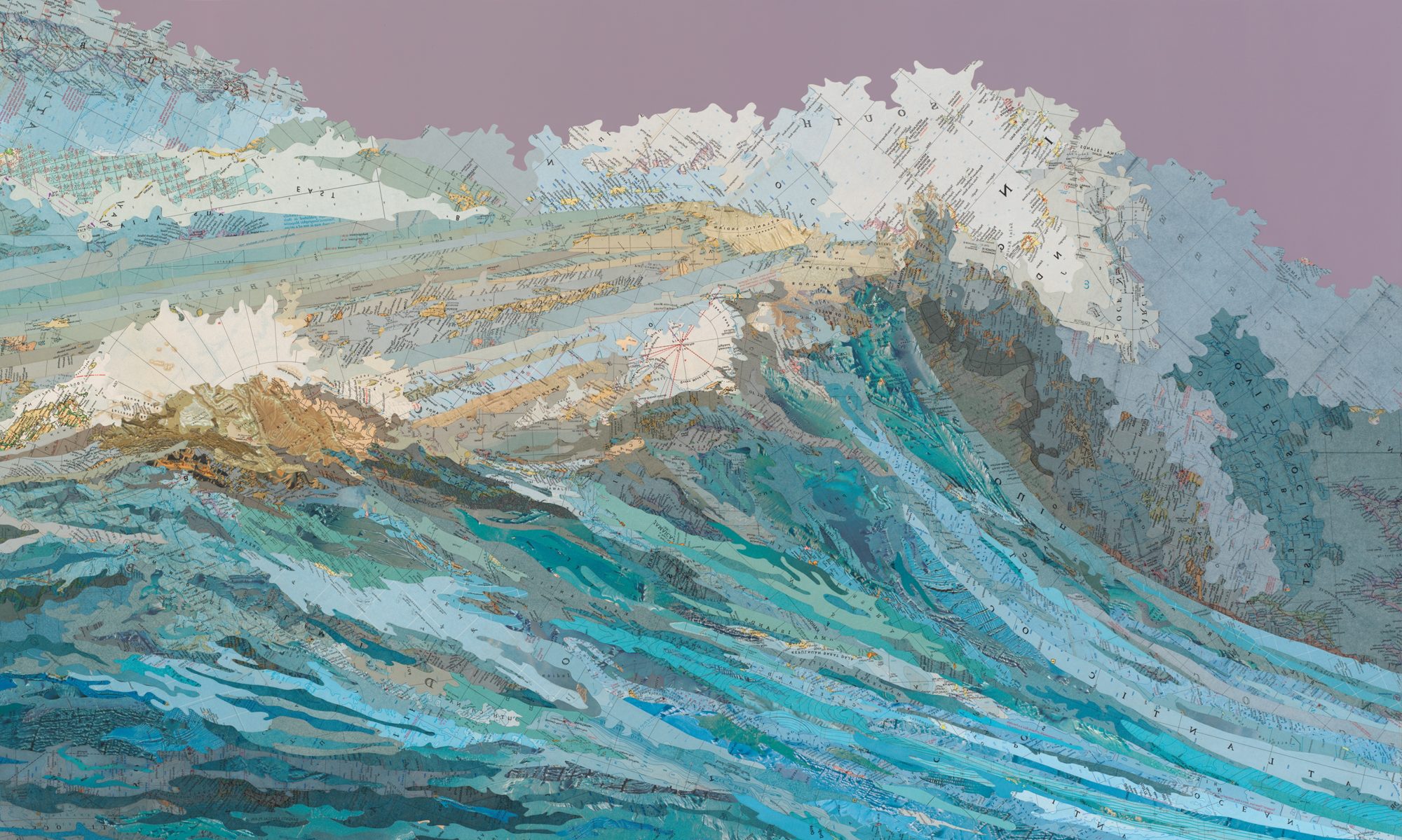‘From the age of six, I had a passion for copying the form of things and since the age of fifty I have published many drawings, yet of all, I drew by my seventieth year there is nothing worth taking into account. At seventy-three years I partly understood the structure of animals, birds, insects and fishes, and the life of grasses and plants. And so, at eighty-six I shall progress further; at ninety I shall even further penetrate their secret meaning, and by one hundred I shall perhaps truly have reached the level of the marvellous and divine. When I am one hundred and ten, each dot, each line will possess a life of its own.’
Hokusai
If you’re stuck in a rut and worried your best days are over you could do a lot worse than consider the life and works of Hokusai, the Japanese artist famed for his iconic 1836 print The Great Wave of Kanagawa.
Hokusai was an artist during the Edo period, producing print-designs in the ukiyo-e style, a style which typically celebrated the transience of life and Epicurean pleasures. In terms of societal status, Hokusai was more of a craftsman than an artist as we would think about the term today.
Hokusai had a relatively successful career. But a series of financial disasters caused by spendthrift members of his family forced him to come out of retirement in his late 60s. Where most people would have been broken by this series of events, Hokusai instead went from strength to strength as an artist.
In the early 1830s – i.e. when Hokusai would have been in his early 70s – he created his Thirty-Six Views of Mount Fuji series (actually consisting of 46 prints) which contains the famous Great Wave print. The postscript to the series is the quote above. Despite his mastery of his craft, Hokusai insists that nearly all his work up to that point is not worth consideration, and that he is only just beginning to be able to understand the animals, plants and birds he is drawing. At the same time, he shows extraordinary optimism that he can go much further by the time he is ‘one hundred and ten’.
In part, Hokusai was able to do this through reinvention. Whilst it was common for Japanese artists of the time to use different names, Hokusai took this to an extreme, using over 30 names during his lifetime, more than any other major artist. His art as well, incorporated some important innovations, such as the use of Prussian Blue to create bold effects, use of western elements of perspective, and adopting a broader range of themes – particularly landscapes.
Hokusai kept creating right up until the end. In 1839 a fire destroyed his studio and home. Again, rather than let this setback end his career he kept on working and trying to improve at his craft until his death at the age of 88. His incredible work ethic meant that he created approximately 30,000 pictures and drawings over his lifetime.
For me, Hokusai is an inspiration and an example that it really is never too late. It can be easy to think that if we haven’t achieved something by the time we’re a particular age that we’ve failed. But this kind of thinking is reductive and damaging. Hokusai shows us that we can adapt to adversity and go further than we have gone before.
Hokusai also shows us the true spirit of learning. Real learning comes from being humble, and viewing our achievements as merely a stepping stone to greater things. This doesn’t mean damaging perfectionism – where we are never happy with the things we’ve achieved – but rather having a healthy sense of perspective and not resting on our laurels.

